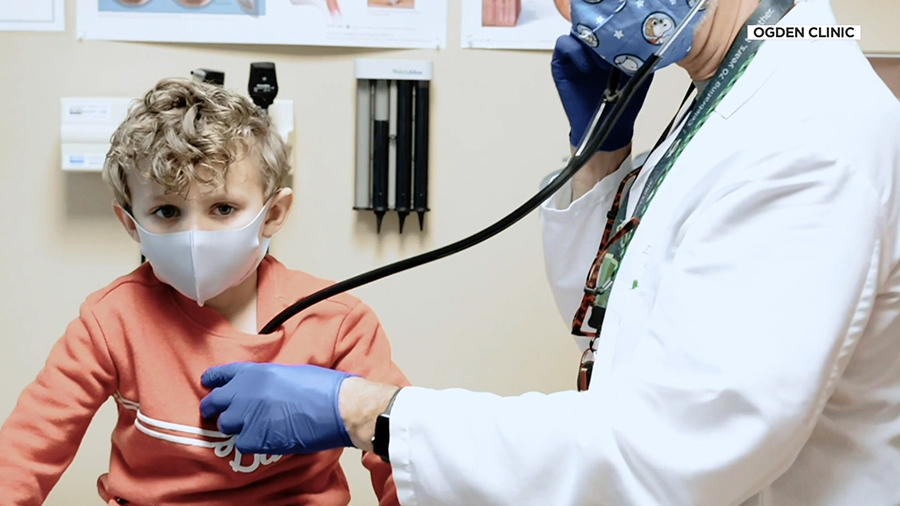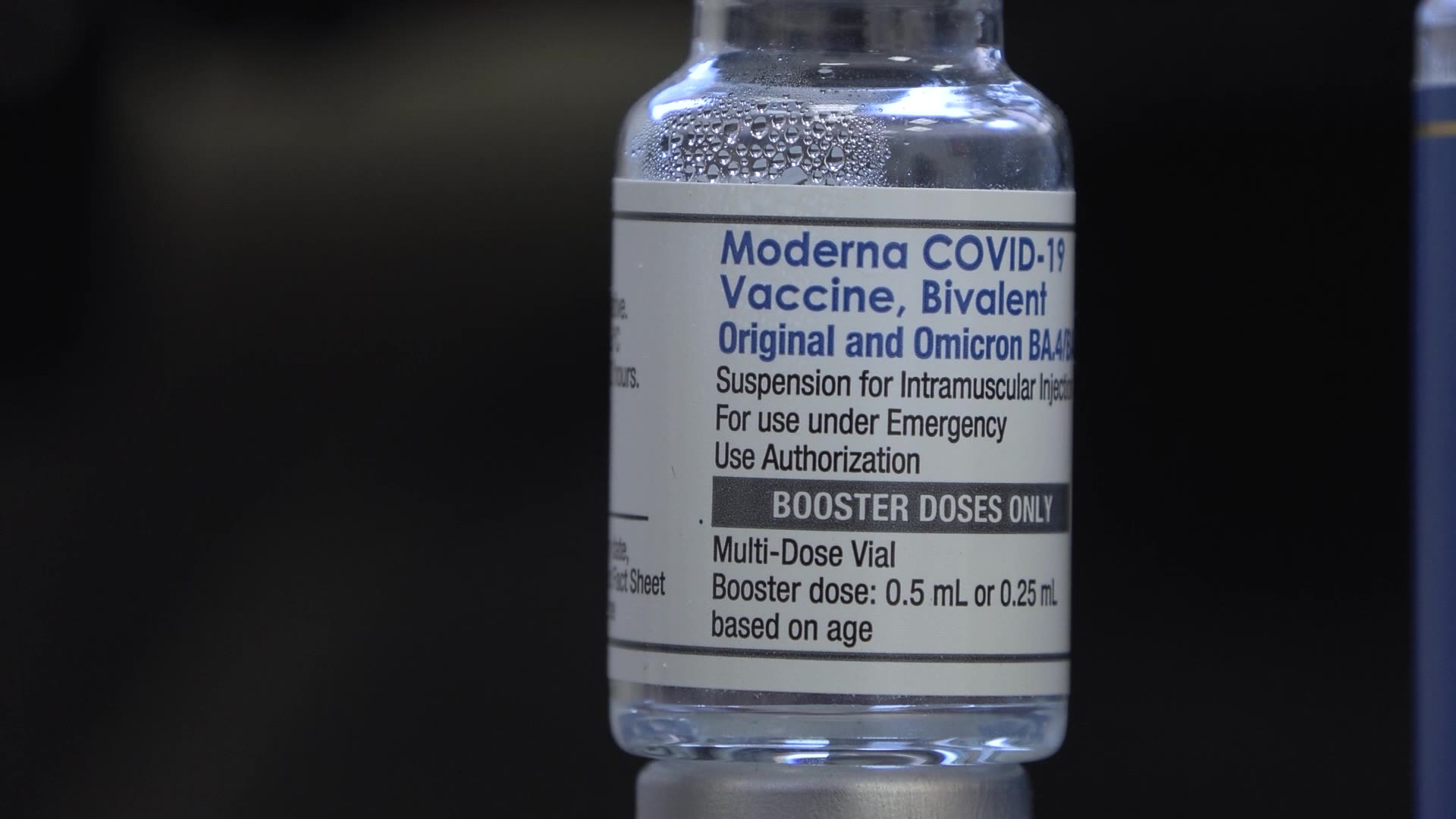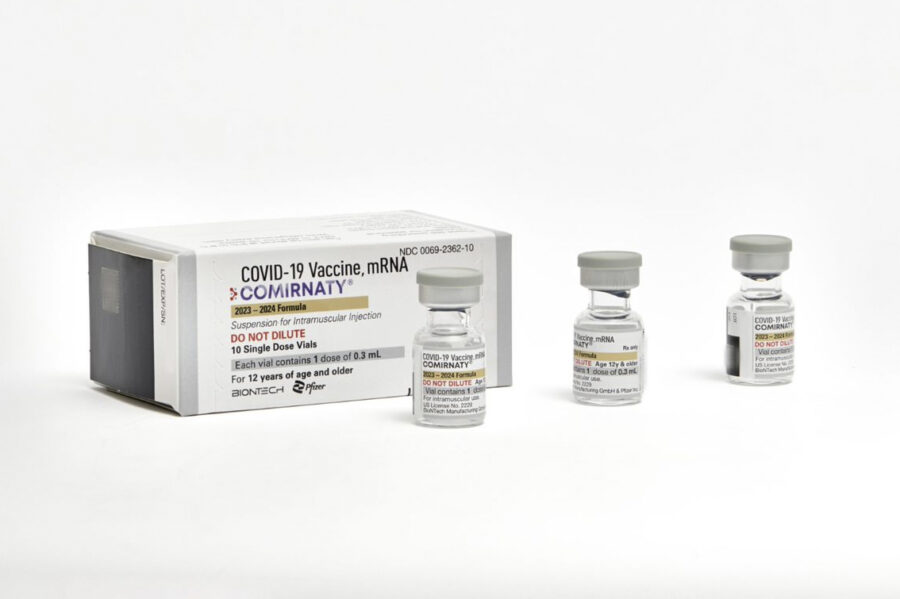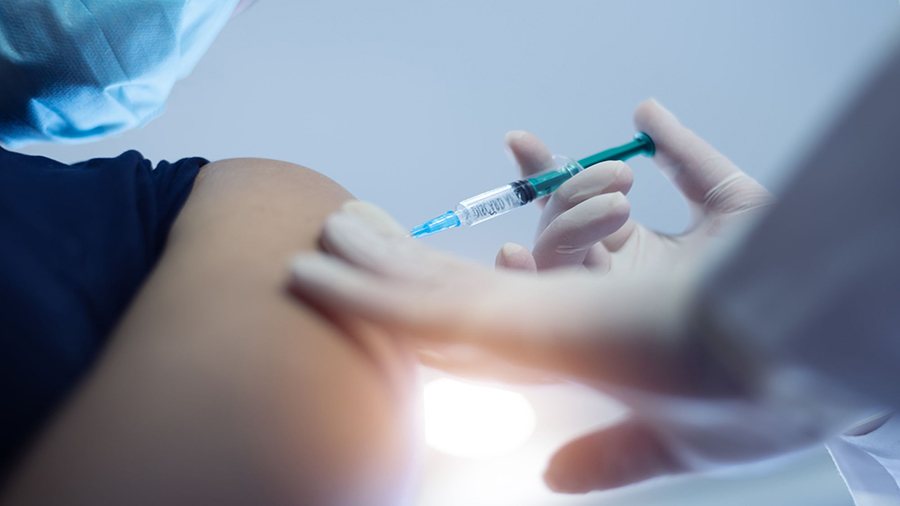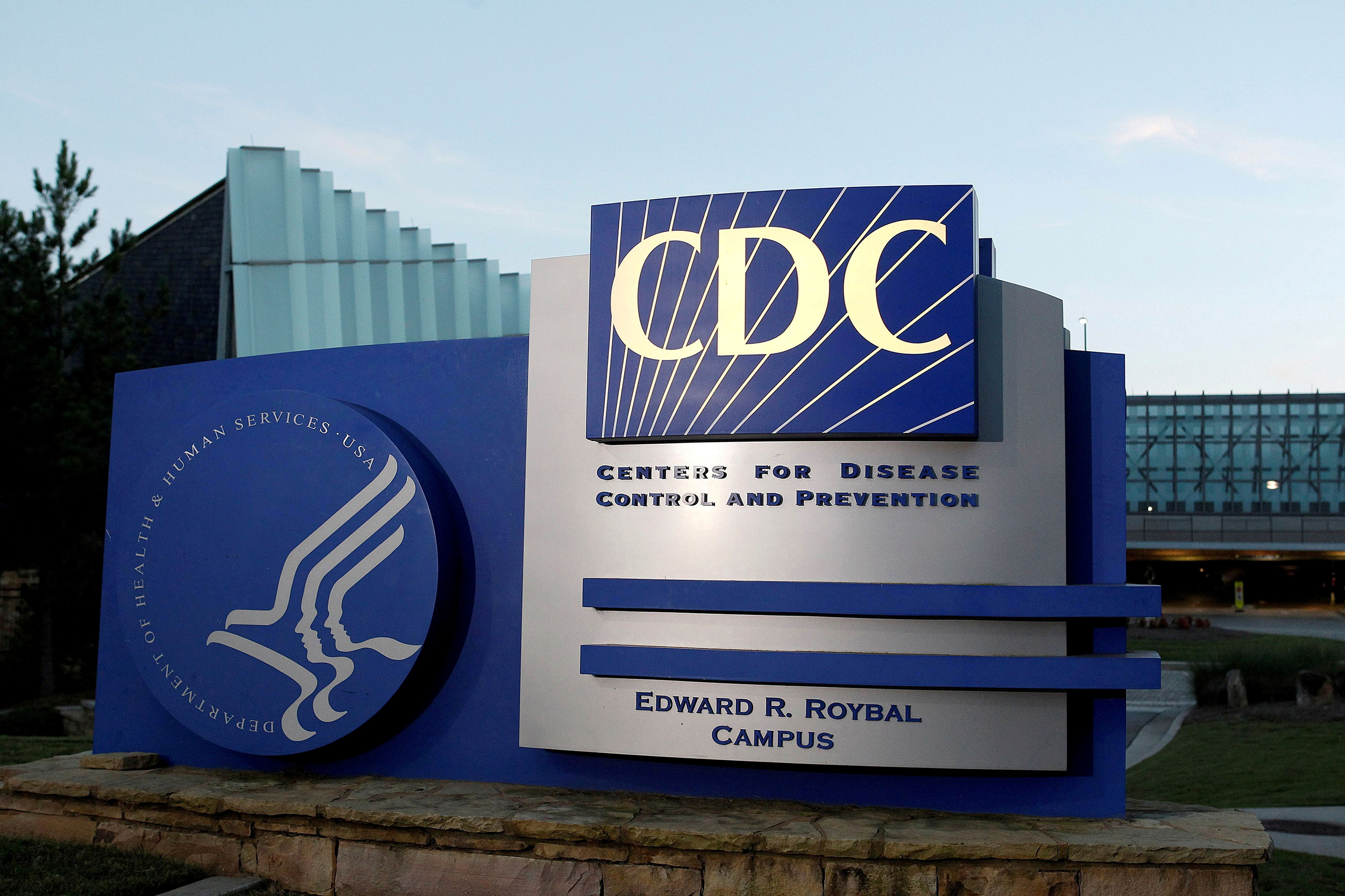Utah Lags Behind National Average For 2nd Dose Of COVID-19 Vaccine
May 3, 2021, 3:00 PM | Updated: 3:32 pm
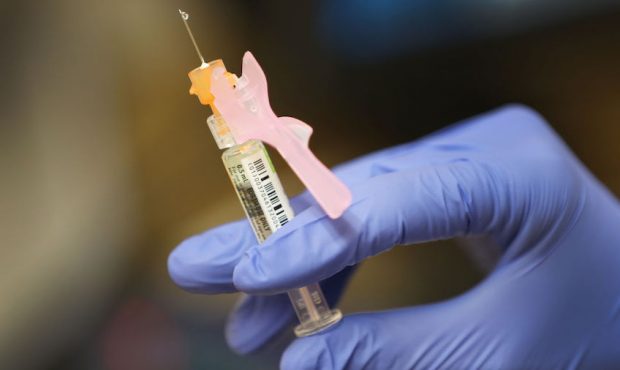
FILE (Photo by Joe Raedle/Getty Images)
(Photo by Joe Raedle/Getty Images)
SALT LAKE CITY, Utah – Utahns have fallen short of the national average for getting a second dose of the COVID-19 vaccine, according to state epidemiologist Dr. Angela Dunn.
Dunn said 88.8% of Utahns have returned to get a second dose compared to 91.4% nationally.
“You need the 2nd dose to have longer-term immunity EVEN if you have had COVID-19,” Dunn wrote in a tweet.
Hey #Utah – 88.8% of Utahns who got their first #PfizerVaccine or #ModernaVaccine came back for their 2nd dose (compared to 91.4% nationally). You need the 2nd dose to have longer-term immunity EVEN if you have had #COVID19. Make your 1st count – get your 2nd dose.
— Dr. Angela Dunn (@DrAngelaCDunn) May 3, 2021
She said the second dose was needed in order to make the first dose count.
As of Monday, more than 960,000 Utahns were considered to be fully vaccinated.
Coronavirus Resources
Have you or a family member been affected by coronavirus issues in Utah? KSL wants to hear from you. Contact KSL by emailing social@ksl.com.
Click here to sign up for a vaccine and here to see how Utah’s vaccine rollout is progressing.
The latest COVID-19 stories from KSL can be found here.
How do I prevent it?
The CDC has some simple recommendations, most of which are the same for preventing other respiratory illnesses or the flu:
- Avoid close contact with people who may be sick
- Avoid touching your face
- Stay home when you are sick
- Cover your cough or sneeze with a tissue and then throw the tissue in the trash
- Wash your hands often with soap and water for at least 20 seconds, especially after going to the bathroom, before eating, and after blowing your nose, coughing or sneezing. Always wash your hands with soap and water if your hands are visibly dirty.
- If soap and water are not readily available, use an alcohol-based hand sanitizer with at least 60% alcohol.
The CDC recommends wearing cloth face coverings in public settings where other social distancing measures are difficult to maintain (e.g., grocery stores and pharmacies), especially in areas of significant community-based transmission.


